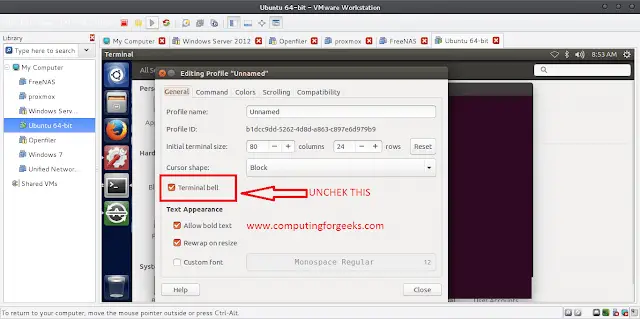Dateoffsets are a standard kind of date increment used for a date range in Pandas. It works exactly like relativedelta in terms of the keyword args we pass in. DateOffsets work as follows, each offset specify a set of dates that conform to the DateOffset. For example, Bday defines this set to be the set of dates that are weekdays (M-F). DateOffsets can be created to move dates forward a given number of valid dates. For example, Bday(2) can be added to a date to move it two business days forward. If the date does not start on a valid date, first it is moved to a valid date and then offset is created. Pandas tseries.offsets.CustomBusinessDay.rule_code attribute returns the rule_code of the frequency applied on the given offset object.
Syntax: pandas.tseries.offsets.CustomBusinessDay.rule_code Parameter : None Returns : rule_code of the frequency applied
Example #1: Use pandas.tseries.offsets.CustomBusinessDay.rule_code attribute to return the rule_code of the frequency applied on the given offset object.
Python3
# importing pandas as pdimport pandas as pd# Creating Timestampts = pd.Timestamp('2019-4-23 11:15:00')# Create an offsetcbd = pd.tseries.offsets.CustomBusinessDay(weekmask = 'Mon Tue Wed')# Print the Timestampprint(ts)# Print the Offsetprint(cbd) |
Output : 

Python3
# Adding the offset to the given timestampnew_timestamp = ts + cbd# Print the updated timestampprint(new_timestamp)# find the rule_code of the frequency applied on # the given offsetresult = cbd.rule_code# print the resultprint(result) |
Output : 

Python3
# importing pandas as pdimport pandas as pd# Creating Timestampts = pd.Timestamp('2019-4-23 11:15:00')# Create an offsetcbd = pd.tseries.offsets.CustomBusinessDay(n = 3, weekmask = 'Mon Tue Wed Thu')# Print the Timestampprint(ts)# Print the Offsetprint(cbd) |
Output : 

Python3
# Adding the offset to the given timestampnew_timestamp = ts + cbd# Print the updated timestampprint(new_timestamp)# find the rule_code of the frequency applied on # the given offsetresult = cbd.rule_code# print the resultprint(result) |
Output : 





